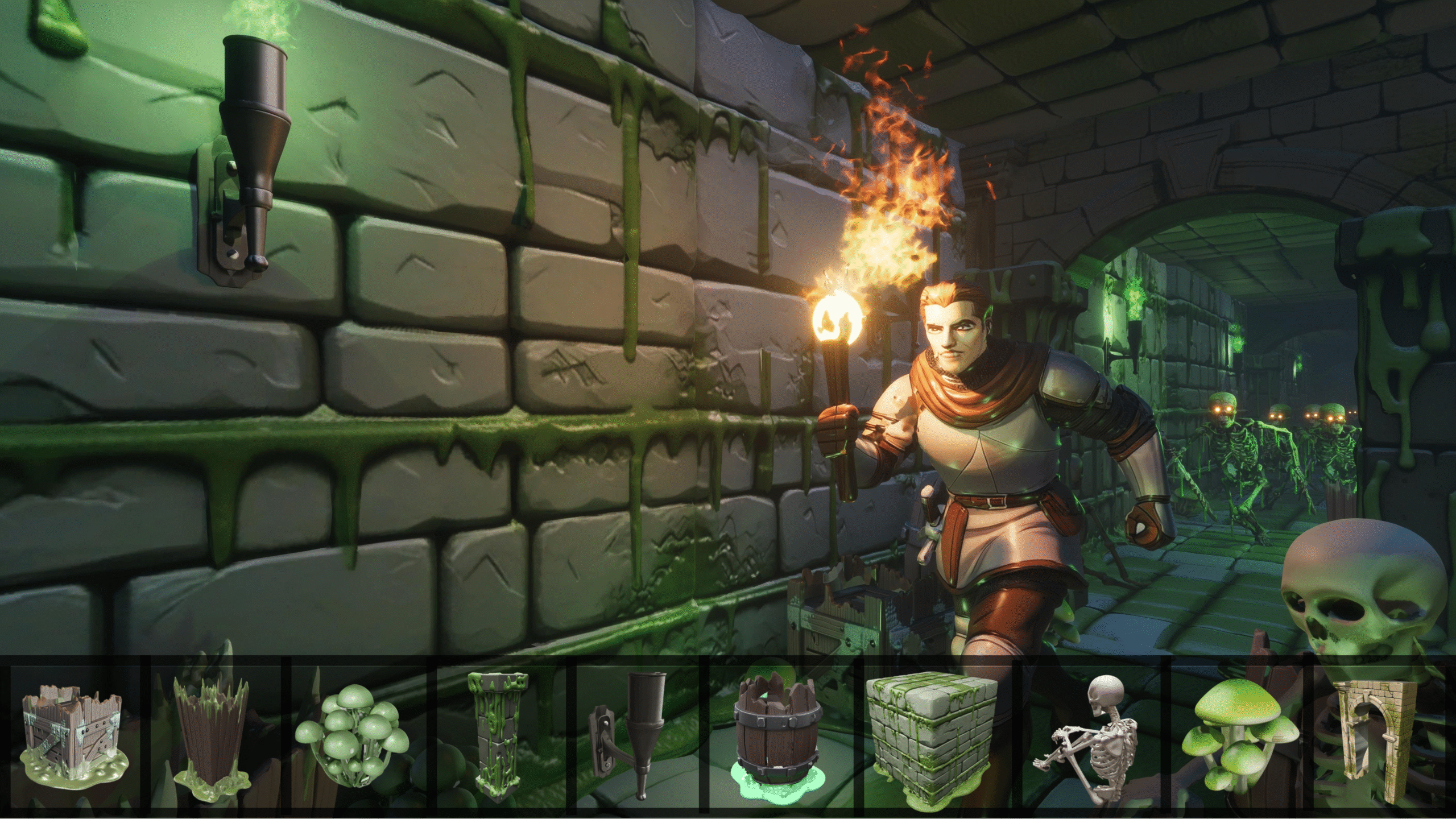Partner content presented by Sloyd
Lovable, Europe’s fastest growing startup, shot to fame on the bold claim, “I used to be a CTO, now I don’t need one.” It became a tagline for “vibe coding”—the practice of using AI tools to create functional software quickly, often without deep technical expertise. For small online businesses, it’s a way to ship fast. For larger teams building scalable applications, it’s a tool for rapid prototyping, improving communication between design and engineering, and offloading work on internal tools.
Now a similar question is emerging: if coding can have a “vibe” mode, can 3D modeling get one too?
3D gen AI expanding from hobbyists to professionals
3D modeling, like coding, has long been a technically demanding process. But with AI-driven tools, anyone can now create models in seconds from a simple text prompt. Sloyd is one of the leading platforms in this new space, giving creators and studios an easy way to turn ideas into 3D assets without the traditional bottlenecks.
They see users both from hobbyists breaking into art, animation, and game development, as well as professional teams looking to speed up production without compromising quality.
At Indigo Studio, one of the largest Roblox developers with about 100 employees, speed is everything. Partnership Manager Will Keller says the team has used Sloyd’s image-to-3D to produce rifles for an upcoming title. “We’re developing and operating dozens of games at once,” Keller explains. “Shaving time off asset creation makes a real difference.”
Indigo has also started experimenting with Sloyd’s parametric AI templates, which assemble pre-made parts instead of generating meshes from scratch. This lets the studio create variations of buildings that share a unified style while keeping them easy for artists to tweak.
When AI is the assistant, not the artist
Just as professional developers avoid vibe coding for production software, game studios typically limit GenAI to certain stages: concept art, cutscenes, grayboxing, and level design prototypes.
Pavel Arkhipov, a veteran independent 3D artist, uses GenAI for concept art. In an example walkthrough, Pavel explained how he blocked out a scene in Unity and then went to Sloyd to generate assets. He started with generating an image and editing it until he had a visualization of the art style he wanted. Then, using the tool’s ‘custom style’ feature, he took that reference as a style guide for text-to-3D, generating assets with a consistent look. The result shows how a skilled artist can guide GenAI tools to produce cohesive results that match a clear vision, proving that proficiency still matters.
Studios incorporating AI into professional workflows
Snowcastle Games, a 30-person indie studio in Oslo, is also adopting AI into their 3D pipeline. Creative Director and Co-Founder Bendik Stang is giving his team the freedom to discover their own ways to integrate Sloyd. The studio uses image-to-3D only with 2D art they’ve created themselves or sourced from AI models trained on their own 2D art assets.
Bendik sees AI as a way to expand creative possibilities without sacrificing artistic control. “Our goal is to use AI where it adds speed and flexibility, while still ensuring the final look reflects our vision,” he says. “If it can help us get to great art faster, that’s a huge win for a small team like ours.”
Looking ahead, Stang sees opportunity in AI-driven modding. He’s already registered vibemodding.com for a Snowcastle spinoff aimed at giving players AI-powered tools to create in-game content, bringing the “vibe” approach to game communities themselves.
Why now is a great time to try AI in 3D art
AI is transforming how 3D assets are created, and it is opening opportunities for both artists and developers. Tools like Sloyd can produce professional-quality results in minutes, cutting down the time it takes to move from concept to implementation. For game teams, this means faster iteration, more room for experimentation, and the ability to ship richer worlds without ballooning production costs.
Artists benefit by offloading repetitive asset creation, much like using asset packs but with the added flexibility of generating styles and variations tailored to the project. Developers gain by removing bottlenecks in content pipelines. Background props, style-matched meshes, and placeholder assets can be ready in hours instead of days, freeing technical and creative teams to focus on polish, hero assets, and gameplay.
The result is shorter development cycles and more creative control. AI becomes a partner in production, helping teams test ideas quickly, keep momentum high, and focus their skills where they have the most impact. In short, the role of the artist and developer shifts from building every asset manually to guiding AI toward results that match a shared creative vision — a shift that can make teams faster, more agile, and more competitive.
The future of “vibe modeling”
What does this mean for “vibe modeling”? Coding AI assistants, LLMs and tools like Co-pilot, were well entrenched before vibe-coding took off; 76% of developers used GenAI in 2024. In contrast, only 36% of game developers used GenAI in 2024. Yet the rate of adoption is accelerating. One survey, sampling mostly small studios, found that the rate of AI adoption doubled in 12 months. If GenAI for coding is a predictor, given the trajectory, the vibe modeling moment might arrive sooner than expected.
Avi Latner is the co-founder and chief product officer at Sloyd, where he has spent the past four years developing AI-powered tools for fast, game-ready 3D creation. He previously led product teams at media startups, and holds a master’s degree in engineering from MIT.
Andreas Edesberg is a user-centric business leader with 15+ years in creative industries and Big 4 consultancy. As co-founder and CEO of Sloyd, he drives growth and marketing for AI-powered 3D creation tools. He’s an avid gamer and musician.


